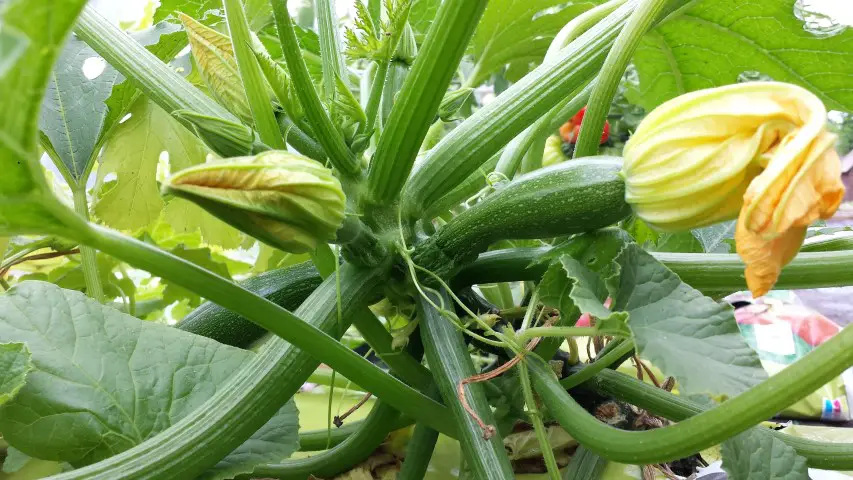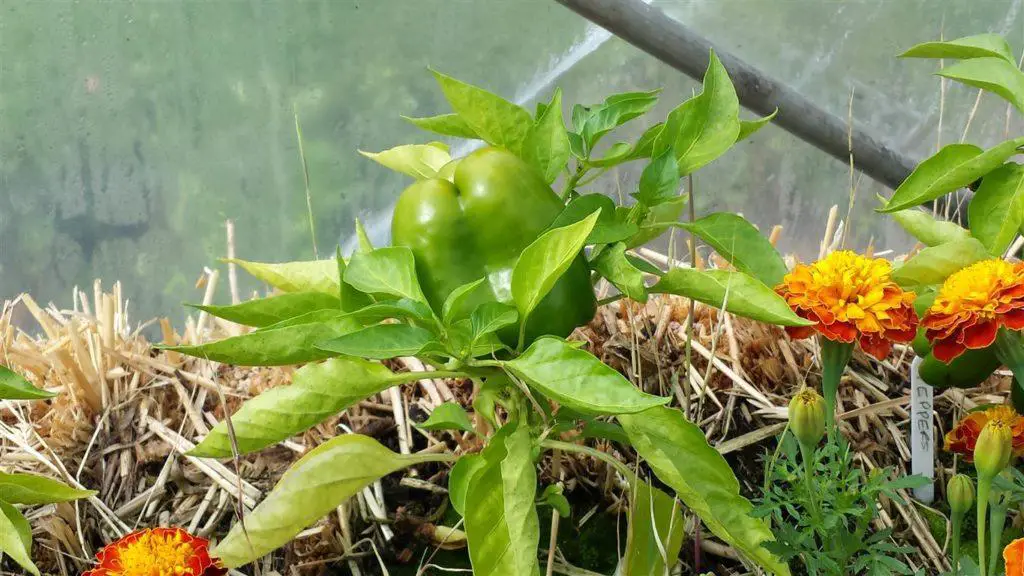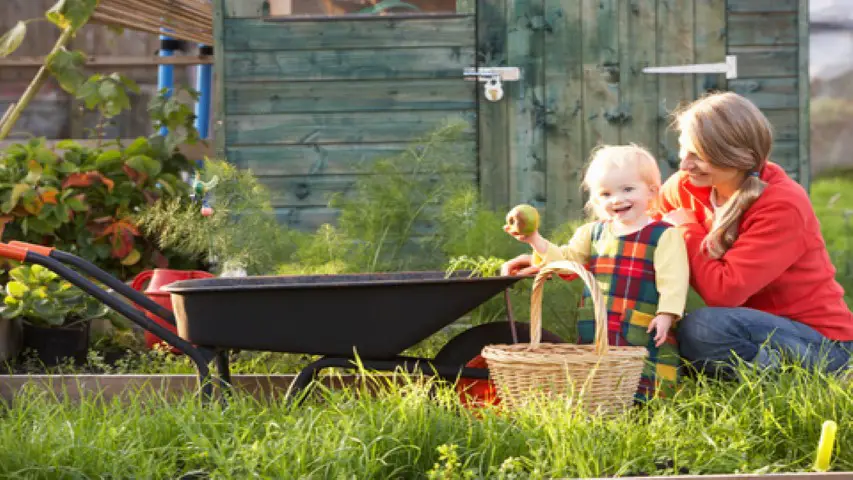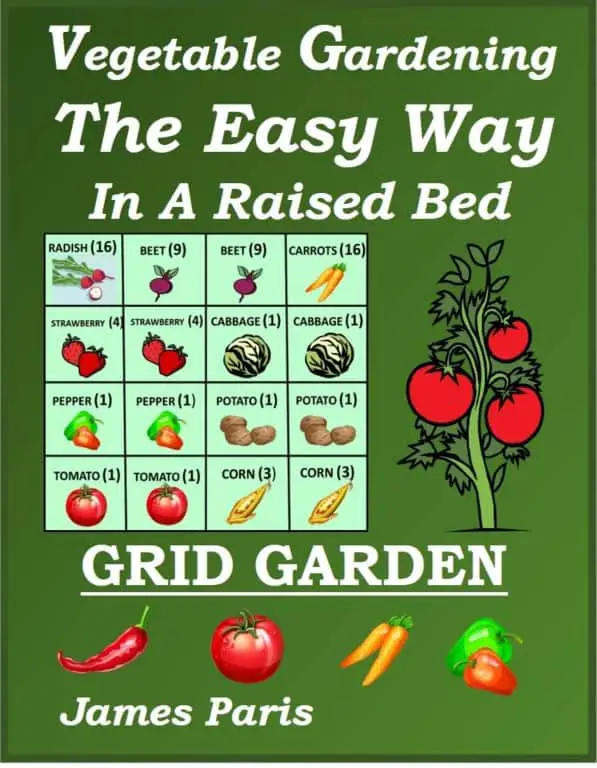How to grow just about anything!
This is the first page of what will be many to come in the near future, and is intended to spearhead a series of ‘ how to grow ‘ guides that is intended to cover most of the popular fruit and vegetable genres out on the world stage.
One of the biggest searches online, when it comes to the fruit and vegetable market is the phrase “how to grow tomatoes“. It seems that tomatoes are a global concern, and indeed are much loved by many. Actually a fruit rather than a vegetable, tomatoes are one of the most versatile of fruits and are used in a huge number of products from sauces to salads.
For the chef, the dishes that include tomatoes or tomato products are indeed without number, and most restaurants would just not be able to operate without the input of the humble tomato.
or tomato products are indeed without number, and most restaurants would just not be able to operate without the input of the humble tomato.
How to veggies – successfully

The phrase ‘How to grow’ really encompasses all the aspects of growing vegetables or indeed anything for that matter. As to grow plants then you have to know when to grow, where to grow and in what conditions you should be growing.
Thankfully it is not all that complicated, and as long as the three must-have’s are put into place, Nitrogen, Phosphorus, and Potassium, how to grow vegetables is a question that you can easily answer by following these simple guidelines.
What All Veggies Need To Grow Well
- Sunshine: Every living plant needs the sunshine to some degree or other, (we’ll ignore the fungi for now!) in order to grow and reproduce. It is true that some plants do prefer a shady position – like the lettuce – and some prefer full sunshine like the tomato plant. To some degree or other they must be exposed to direct or indirect sunshine. Keep in mind that full sunshine means around 6 hours per day and partial sunshine is anything less than that. The leaves are the ‘engine room’ of the plant, the roots of course absorb the water, but the energy production and the process of photosynthesis comes from the leaves and their exposure to the light.
- Water: Every living thing on the planet needs water to survive. In fact we ourselves can live a lot longer without food than we can without water, it is the pre-requisite to life as we know it. Plant life is of course no exception to this rule, and they must be carefully tended and watered in order to prosper. The secret of good growing practice is to know just how much your particular plant needs, at the various stages of growth, in order to grow strong and healthy. Over-watering or under-watering can have the same disastrous results; a ruined crop or a dead plant.
- Soil: Now, while this is not strictly true – as Aquaponic gardening
 proves – in the main, plants need soil to thrive. To be more precise, they need the nutrients provided in the soil in order to grow to their full potential. Aquaponics provides these nutrients through the water supply only, however for the mainstream gardener then the plants need good soil to grow properly.
proves – in the main, plants need soil to thrive. To be more precise, they need the nutrients provided in the soil in order to grow to their full potential. Aquaponics provides these nutrients through the water supply only, however for the mainstream gardener then the plants need good soil to grow properly.
Best Soil Type For Veggies

Generally speaking the best soil type for vegetables must contain a good compost mix rich in nutrients and organic matter to enable the retention of water content and yet be friable when handled.
This ‘general mix’ works well for most vegetables, but can be easily adapted with the addition of sand for drainage as long as the general guidelines listed above are followed.
Again, what is ‘good soil’ to some plants may be ‘poisonous soil’ to another. A good garden must know not only what to grow but where and when to grow.
Such things as drainage, as well as soil structure and soil ph , have to be taken into account before planting can begin. With all that said, the beginner could be forgiven for thinking the growing anything was a whole load of extra hassle – especially if you live near the supermarket !
, have to be taken into account before planting can begin. With all that said, the beginner could be forgiven for thinking the growing anything was a whole load of extra hassle – especially if you live near the supermarket !
However nothing could be further from the truth, and the fact is that to grow your own vegetables need not be difficult at all, and can be extremely beneficial for both your health – and your bank balance!
With proper instruction or advice, to plant and grow your own produce is not at all difficult, especially with veggies like potatoes, onions or carrots – to name just a few!
Cucumbers and courgetts (zucchini) are also a great vegetable to begin with as they are easy to grow and even come in yellow varieties – which the kids love!
No-dig gardening techniques such as Raised Bed Gardening and Square foot gardens have transformed the way that vegetables are grown. These easy growing methods rely heavily on the growing medium (soil to you and me) to get the maximum benefit out of their growing efforts – with the least work involved.
If you glance at the picture above this chapter you will see a pepper plant growing in a bale of straw, this is just one of the no-dig planting techniques that make growing your own vegetables and being near self-sufficient in veggie food production a definite possibility in my opinion.
What no soil to grow on? Even a pile of old lumber with some organic matter added can be used to grow vegetables. This arrangement is called hugelkultur gardening and you can read all about it here.
The move towards growing your own vegetables and feeding the family using organic planting methods is growing apace – come join the movement!



